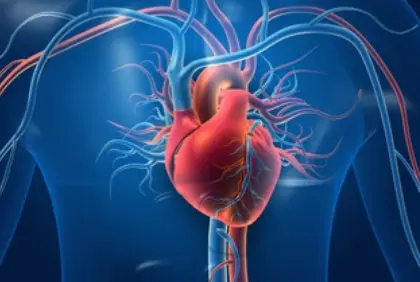 Welcome
Welcome
“May all be happy, may all be healed, may all be at peace and may no one ever suffer."
- A
- B
- C
- D
- E
- F
- G
- H
- I
- J
- K
- L
- M
- N
- O
- P
- Q
- R
- S
- T
- U
- V
- W
- X
- Y
- Z
Atherosclerosis - Generics
Atherosclerosis is a progressive disease characterized by the buildup of plaque in the inner walls of arteries, which can lead to reduced blood flow and a range of cardiovascular diseases. Plaque is composed of cholesterol, fat, calcium, and other substances that accumulate in the walls of arteries over time, causing them to become narrower and stiffer.
Atherosclerosis can develop in any artery in the body, but is most commonly found in the arteries that supply blood to the heart (coronary arteries), brain (carotid arteries), and legs (peripheral arteries).
The exact cause of atherosclerosis is not fully understood, but it is thought to be due to a combination of factors, including high blood pressure, high cholesterol levels, smoking, diabetes, obesity, and a sedentary lifestyle. Genetics and family history may also play a role in the development of atherosclerosis.
Symptoms of atherosclerosis depend on the location and severity of the disease, but may include chest pain, shortness of breath, leg pain or cramping, weakness or numbness in the arms or legs, and difficulty speaking or understanding.
Treatment for atherosclerosis may involve lifestyle changes such as regular exercise, healthy diet, and smoking cessation. Medications such as cholesterol-lowering drugs, blood pressure-lowering drugs, and blood thinners may also be prescribed to manage the underlying risk factors and prevent complications. In more severe cases, procedures such as angioplasty, stenting, or bypass surgery may be necessary to restore blood flow to affected arteries.
Prevention of atherosclerosis is important and may involve controlling risk factors such as high blood pressure, high cholesterol, and diabetes, as well as adopting a healthy lifestyle that includes regular exercise, healthy diet, and avoiding tobacco products.

Bradycardia

Mydriasis and cycloplegia...

Sperm production

Allergies

Ascariasis

Brain abscesses
Acute myeloid leukemia

Premature labour
Atherosclerosis, অ্যাথেরোস্ক্লেরোসিস
To be happy, beautiful, healthy, wealthy, hale and long-lived stay with DM3S.